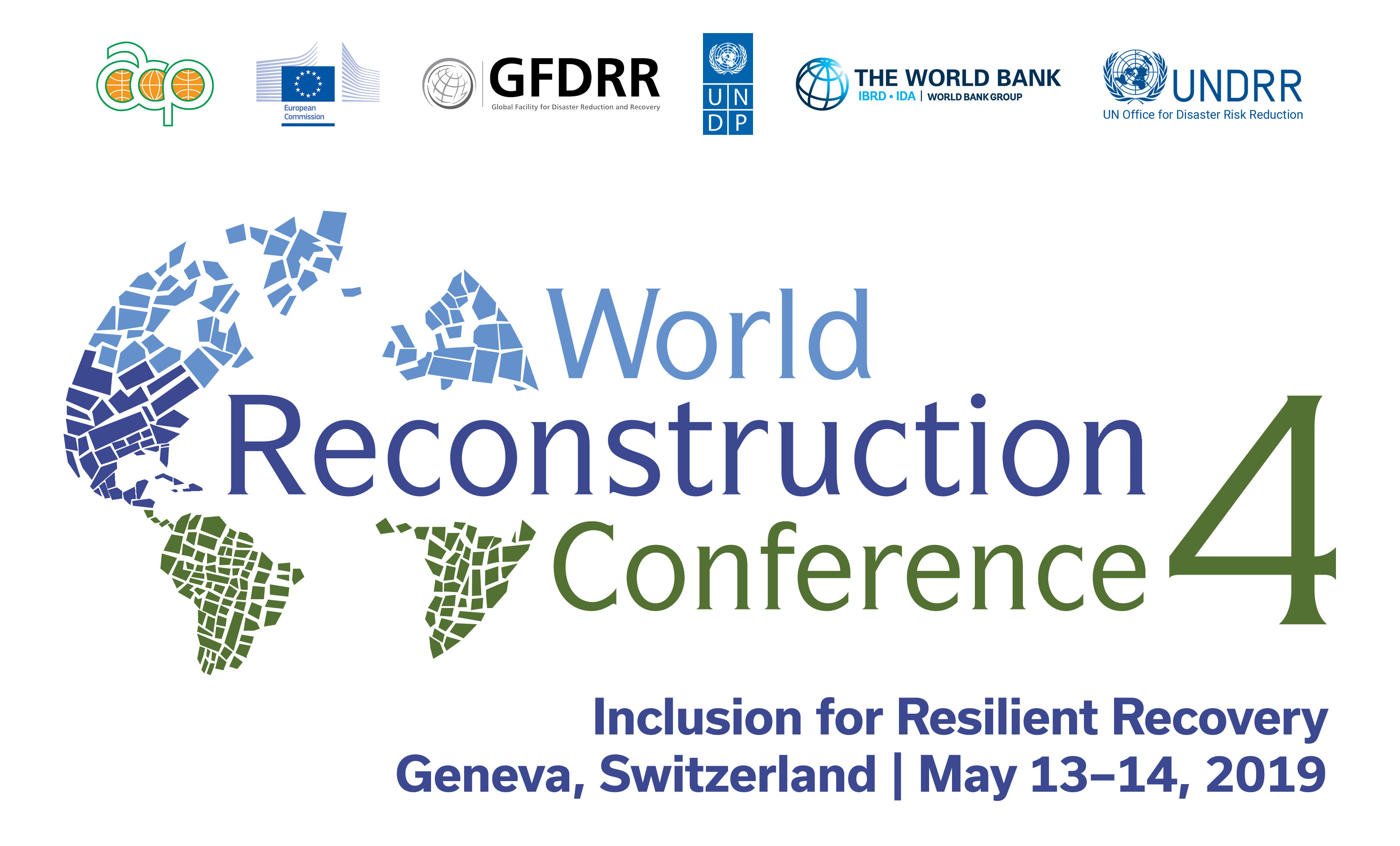Session Summary
In many countries, civil protection agencies play a pivotal role when disasters strike. Dedicated men and women from these agencies lead efforts to save lives, alleviate suffering, and protect livelihoods. A well-functioning civil protection system is a diverse ecosystem of people and agencies, each with a clear and valuable role to play. Over the last century, civil protection systems grew into stronger entities that could rapidly respond to a disaster, significantly reducing the number of lives lost to disasters.
In the last few decades, rather than waiting for disaster to strike, civil protection shifted towards a more proactive and integrated approach – focusing on better preparedness and actionable early warnings to minimize disaster risks and enhance the efficiency and speed of response. Agencies in some countries organize large-scale earthquake simulation drills and use education, ICT tools (including mobile phone apps), and other participatory techniques to galvanize preparedness efforts, and build a culture of safety and resilience.
Civil protection systems contribute through their traditional focus on disaster preparedness and response, and also by stimulating the engagement of governments to address appropriate disaster risk reduction policies, and through participation in National Platforms for disaster risk reduction. The customary focus of civil protection systems on preparedness and response and its recent involvement in the broader disaster risk reduction agenda together present an entry point into the development of inclusive recovery strategies by enhancing their relevant capabilities and information sharing through a review of their strengths, needs and opportunities.
The session showcased civil protection as a multidimensional system based on a broad range of cultural, geographical and economic enablers and barriers. Civil protection activities during the phase of emergency preparedness mainly consist of disaster risk forecasting, early warning systems, emergency preparedness plans, collection and storage of emergency items, safe evacuation, and mock drills. Further, during the disaster response phase, civil protection agencies are typically involved in disaster emergency service and assistance during or immediately after the disaster. Saving human life and preventing additional physical loss are the priority actions at this stage. Search, rescue, relief, emergency health services, temporary shelter, safe drinking water and sanitation, and arrangement of food are the other priority activities of this stage. Finally, the recovery and reconstruction phase includes rehabilitation and improvement of disaster-affected services and facilities, and income generation and livelihood activities that need to be restored. This phase of rehabilitation and reconstruction comprises activities like raising people’s awareness, institutional strengthening and coordination, financing and implementing arrangements including communication, information, and mechanisms to address grievances. All these phases need to promote inclusion and participation of the communities that are at the heart of implemented activities.
As civil protection systems are at the inception of such processes since the preparedness phase, they constitute relevant instruments of inclusive recovery promotion. This community-based civil protection and DRR approach without any discrimination based on sex, age, race, religion, ethnicity, geography or social status is a strong basis for inclusion of all at every phase. In the future, civil protection mechanisms need to extend their effectiveness and continued engagement in the recovery phase and strictly adhere to inclusive approaches.
The concrete examples discussed during the session showed the centrality of the involvement of all stakeholders in promoting effective civil protection systems. Private sector engagement and community involvement are crucial in successful civil protection. The Haiti case showed that using local engineers and training them was more efficient in rebuilding better and quicker. Therefore, the inclusion of CSOs in the civil protection system is important. However, recent Mexican experience showed that their involvement is not always guaranteed in the post-response and recovery stages after the emergency passes.
EU emergency response mapping was cited as one of the premier existing tools fit to be replicated elsewhere to ensure an efficient civil protection approach. It is recommended that the technical and scientific bodies that provide the main data and information used by civil protection be strengthened and developed. The session called for the development of human resources to be prioritised alongside technological innovations. It was concluded that in many countries, there is a severe mismatch between the importance of civil protection and the resources allocated to it, which was also illustrated by similar incompatibilities in the civil protection mechanisms in many countries such as Niger and Togo.
The potential of civil protection systems in promoting inclusive recovery is not fully understood and supported by governments across the globe. Therefore, it is critical to focus on advocacy and profile enhancement to secure not only funding for this sector but also a higher consideration from different stakeholders. In the foreseeable future, an inclusive approach to communities and CSOs in designing the civil protection system will be indispensable in most countries.
The objective of the session was to showcase how civil protection can be an impressive engine for inclusive recovery through the implementation of the successive phases of disaster risk management. Discussions clarified the need for a better understanding of the relationship between the level of inclusion of all stakeholders and successful phases of disaster management, and better design of the roles and responsibilities of civil protection actors (governments, private sector, civil society, communities, etc.) for inclusive recovery.

